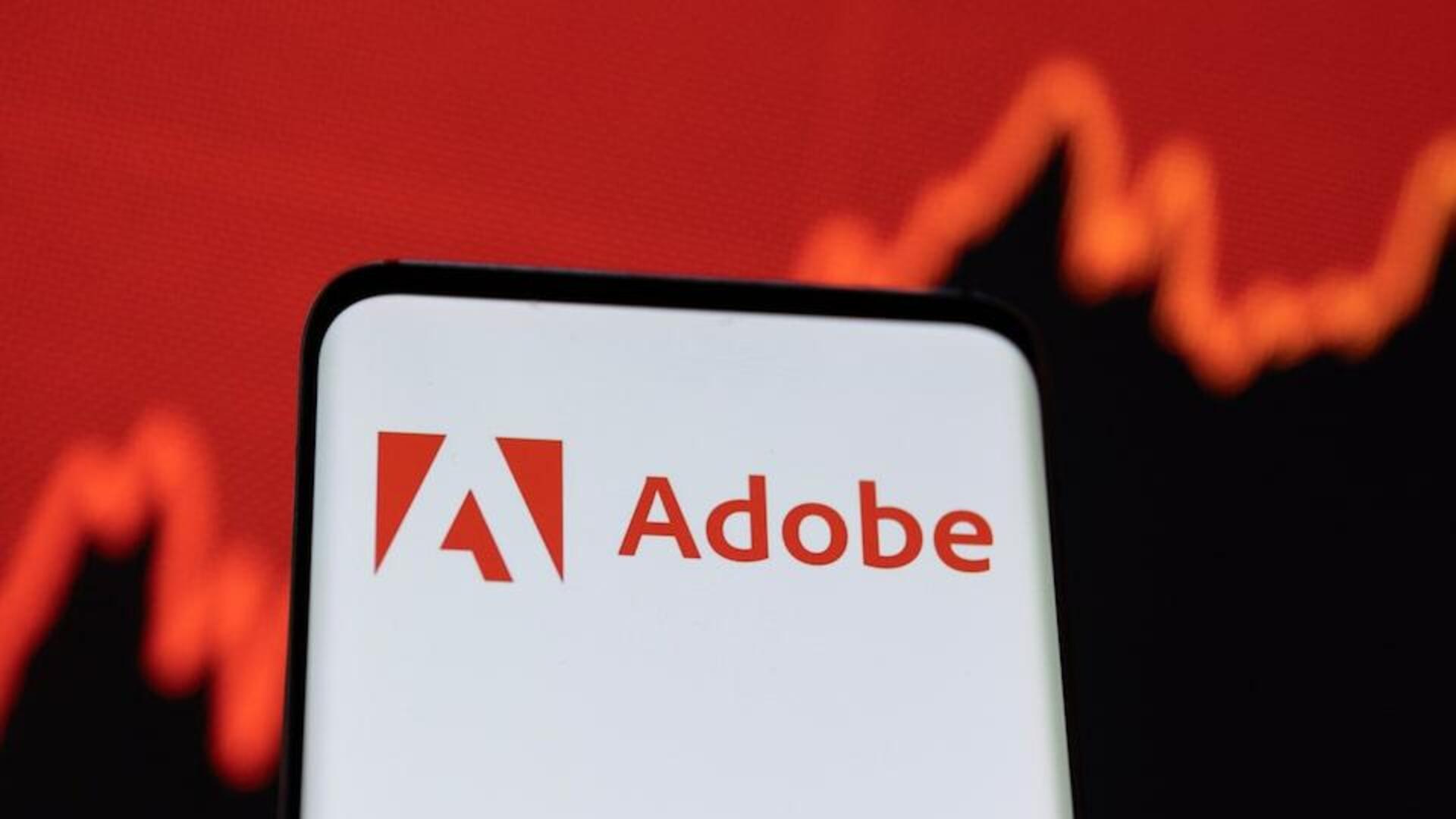
Adobe is purchasing video content to train its AI model
What's the story
Adobe has launched a new initiative to acquire video content aimed at improving its artificial intelligence (AI) capabilities, according to Bloomberg.
The move comes in response to recent advancements in AI-powered video generation by competitors such as OpenAI.
Adobe is encouraging its community of photographers and artists to contribute videos that depict individuals performing routine tasks or expressing different emotions. In response, the company will release payments.
The ultimate goal is to amass resources for AI training.
Submission guidelines
Video content requirements and compensation
Adobe is currently seeking over 100 brief video clips that showcase individuals performing actions, displaying emotions, or close-ups of body parts such as feet, hands, or eyes.
The company is also interested in videos featuring people interacting with everyday objects like smartphones or gym equipment.
Contributors are advised not to submit copyrighted material, nudity, or any other inappropriate content.
For these submissions, the compensation averages around $2.62 per minute of video but can reach up to approximately $7.25 per minute.
Training approach
Adobe's strategy for AI model training
Adobe's strategy primarily involves training its AI models using its extensive collection of stock media, which is intended for marketers and creative agencies.
When this stock library is insufficient, Adobe directly acquires images from contributors.
The company has also compensated contributors for submitting a large number of photos for AI training, like images of bananas or flags, with payments ranging from six cents to 16 cents per image, according to Bloomberg.
AI functionality
Adobe's AI integration in creative software suite
Over the past year, Adobe has been working on integrating generative AI functionalities into its suite of software designed for creative professionals, including Illustrator and Photoshop.
The company has launched tools that use text to generate images and illustrations. These innovations have already been used billions of times to date.
The latest strategy is part of Adobe's ongoing efforts to stay competitive in the rapidly evolving field of creative software technology.